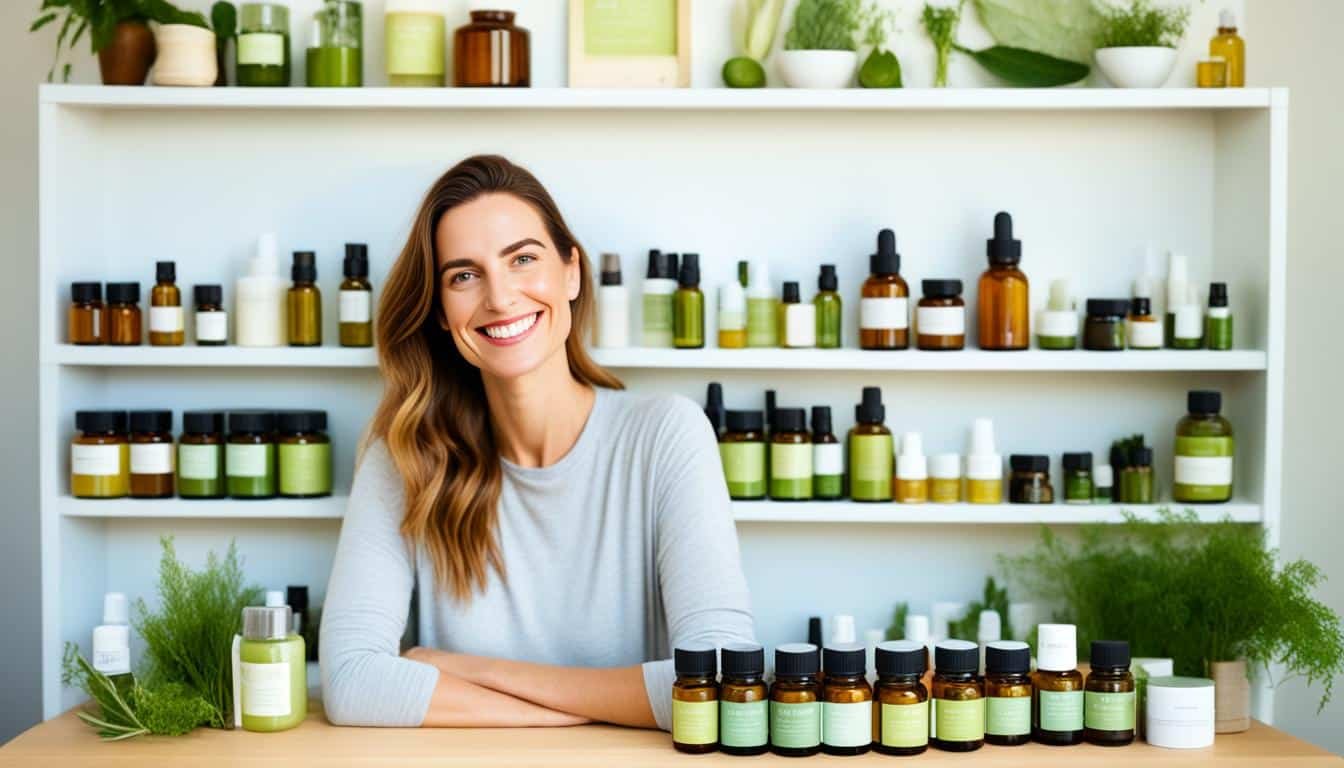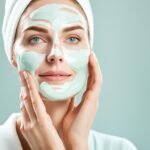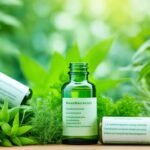Easy DIY Skin Care : Welcome to your ultimate guide to easy DIY skin care routines for a relaxing home spa experience. In this section, we will explore simple and effective DIY skin care routines that you can easily incorporate into your self-care regimen. Whether you’re a skincare enthusiast or a newbie, these homemade skin care recipes and natural beauty treatments are perfect for anyone looking to enhance their glow from the comfort of home.
Creating your own DIY skincare routine allows you to take control of the ingredients you put on your skin. With easily accessible ingredients, you can personalize your care products to suit your skin’s unique needs. From cleansing and toning to exfoliation, hydration, and nourishment, we will cover every step of the way to help you achieve healthy and radiant skin.
Get ready to treat yourself with homemade facials, pampering masks, rejuvenating remedies, and more. With our step-by-step instructions and helpful tips, you’ll be able to craft luxurious spa-like experiences without breaking the bank or relying on store-bought products.
Key Takeaways: Easy DIY Skin Care
- Discover easy DIY skin care routines for an at-home spa experience.
- Learn how to create homemade skin care products using accessible ingredients.
- Understand the importance of personalizing your skincare routine for optimal results.
- Explore a variety of homemade recipes for cleansing, exfoliation, hydration, and more.
- Unlock the secrets to achieving healthy and radiant skin with natural and personalized care.
Understanding Your Skin Type
Before diving into DIY skin care routines, it’s essential to understand your skin type. Different skin types have unique characteristics and require specific care to maintain their health and radiance. By identifying your skin type, you can tailor your skincare routine and choose the most effective DIY treatments for your specific needs.
Here are the four main skin types:
Dry Skin
Dry skin is characterized by a lack of moisture and can often feel tight or rough. It may appear dull and have a tendency to flake or develop fine lines. To care for dry skin, it’s crucial to hydrate and nourish it with emollient-rich ingredients. DIY treatments that focus on moisturization and protecting the skin barrier can help soothe dryness and restore a healthy glow.
Oily Skin
Oily skin tends to produce excess sebum, leading to a shiny appearance and a higher likelihood of clogged pores. It may be prone to acne breakouts and blackheads. For oily skin, incorporating DIY treatments that regulate oil production, gently exfoliate, and manage acne can help maintain a balanced complexion.
Sensitive Skin
Sensitive skin is easily irritated and may experience redness, itchiness, or a stinging sensation when exposed to certain products or environmental factors. It’s important to choose gentle, soothing ingredients that won’t trigger sensitivity. DIY treatments that focus on calming and hydrating can help keep sensitive skin protected and comfortable.
Acne-Prone Skin
Acne-prone skin is prone to frequent breakouts, including pimples, whiteheads, and blackheads. It can be a combination of oily and sensitive skin. When dealing with acne-prone skin, it’s essential to focus on purifying and balancing the skin while avoiding harsh ingredients that could further aggravate breakouts. DIY treatments with antibacterial properties and exfoliation can aid in controlling acne and promoting clear skin.
Understanding your skin type is the first step towards achieving a healthy and radiant complexion. It allows you to customize your DIY skincare routine to address your skin’s specific needs, ensuring optimal results. In the following sections, we will delve deeper into DIY treatments and recipes tailored to each skin type.
Cleansing and Toning
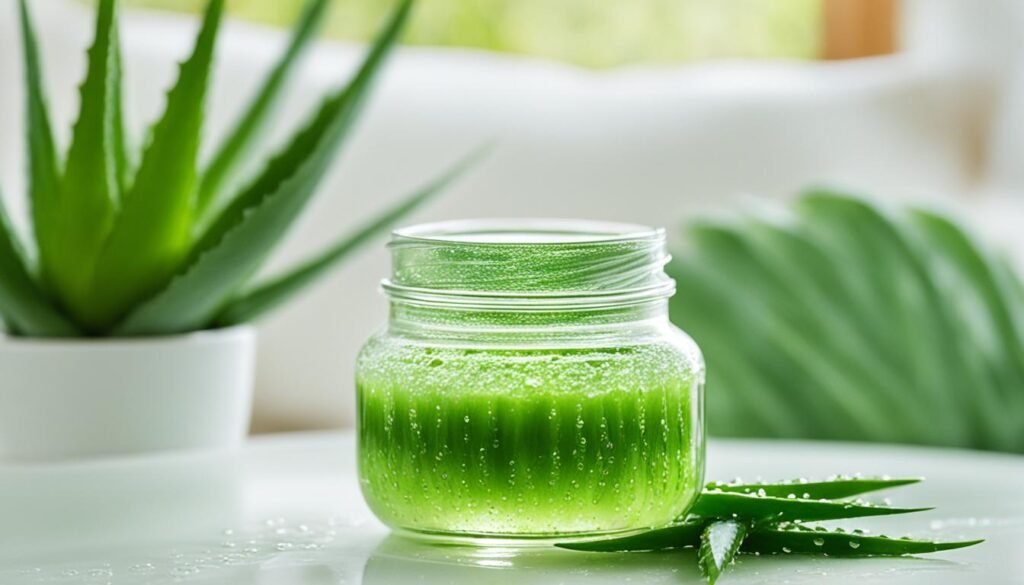
Cleansing and toning are essential steps in any skincare routine. These two simple yet crucial tasks help to remove impurities, balance the skin’s pH levels, and prep the skin for further treatment.
When it comes to cleansers, you don’t have to rely solely on commercial products. You can create your own homemade facial cleansers using natural ingredients like aloe vera gel and lavender.
One popular DIY option is an aloe vera gel cleanser. Aloe vera gel not only cleanses the skin but also has soothing and moisturizing properties. To make your own aloe vera gel cleanser, simply mix two tablespoons of aloe vera gel with a teaspoon of lavender oil. Gently massage the mixture onto your face, then rinse with warm water.
If you prefer a creamy cleanser, you can combine aloe vera gel with a natural oil like olive oil or almond oil. This mixture will cleanse the skin effectively while also providing hydration.
After cleansing, it’s important to tone the skin to restore its natural pH balance and remove any remaining impurities. A homemade toner can be a great addition to your skincare routine.
One DIY toner recipe involves combining equal parts of aloe vera gel and water with a few drops of lavender essential oil. Pour the mixture into a spray bottle and mist it onto your face after cleansing. Gently pat the toner into your skin or let it air dry.
“A homemade aloe vera gel cleanser and toner are easy to make and can provide gentle and effective skincare. Natural ingredients like aloe vera and lavender offer multiple benefits and can be tailored to suit different skin types.”
Exfoliation for Smooth and Glowing Skin
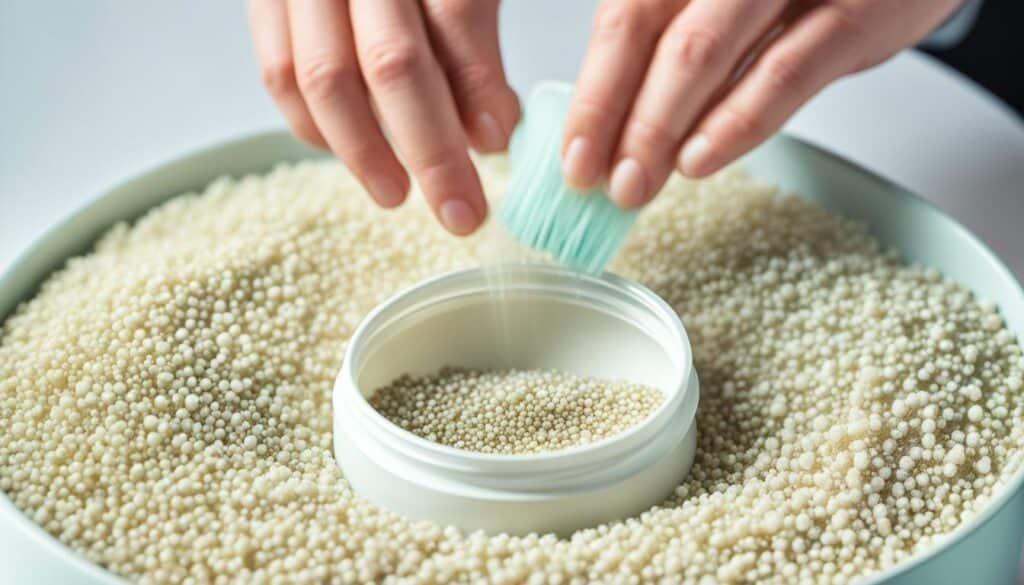
Exfoliating your skin is a crucial step in your skincare routine. By gently scrubbing away dead skin cells, you can reveal a smoother and more glowing complexion. In this section, we will share DIY exfoliating recipes using natural ingredients like sugar, almond, and ground oats. Incorporate these exfoliants into your skincare regimen to achieve radiant and rejuvenated skin.
Why Exfoliate?
Exfoliation helps to unclog pores, remove dirt, and stimulate cell turnover. It improves blood circulation, which can give your skin a healthy glow. Regular exfoliation also enhances the absorption of skincare products, allowing them to penetrate deeper into your skin, maximizing their effectiveness.
Exfoliation is the key to smoother, healthier-looking skin. By gently lifting away dead skin cells, you can unclog pores and reveal a fresh, radiant complexion.
DIY Exfoliating Recipes
Creating your own exfoliants at home is easy and cost-effective. Here are some simple recipes using natural ingredients:
- Sugar scrub: Mix equal parts sugar and almond oil to create a gentle yet effective scrub. Massage onto damp skin in circular motions, then rinse off with warm water.
- Almond and oat scrub: Combine ground almonds and ground oats with a few drops of water to create a paste. Gently massage onto your face in circular motions, then rinse off with lukewarm water.
- Coffee scrub: Mix coffee grounds with coconut oil to create a revitalizing exfoliant. Massage onto your body in circular motions, focusing on dry areas like elbows and knees. Rinse off thoroughly.
Remember to exfoliate gently and avoid overdoing it, especially if you have sensitive skin. Exfoliating 1-2 times a week is usually sufficient for most skin types.
As with any skincare routine, it’s important to moisturize your skin after exfoliation. Apply a hydrating moisturizer or serum to lock in moisture and keep your skin nourished.
Exfoliating regularly is the key to achieving smooth, glowing skin. Incorporate these DIY exfoliating recipes into your skincare routine and experience the transformative effects of natural exfoliants. Say hello to a more radiant and youthful complexion!
Hydration and Moisturization
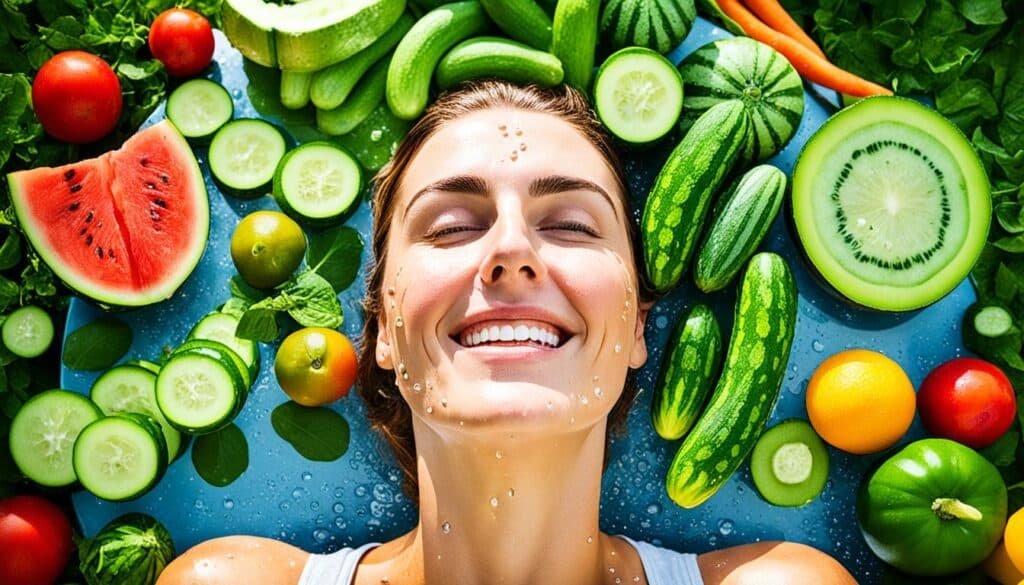
Proper hydration and moisturization are essential for maintaining a healthy and radiant complexion. By incorporating DIY moisturizers and serums into your skincare routine, you can effectively nourish and hydrate your skin. Let’s explore the benefits of natural ingredients such as rosehip seed oil and yogurt, and how they can improve the texture and appearance of your skin.
Moisturizers:
Hydrating your skin with a moisturizer is key to maintaining a healthy barrier and preventing moisture loss. DIY moisturizers allow you to customize the ingredients to address your specific skin concerns. One popular natural moisturizer is rosehip seed oil, which is rich in vitamins and antioxidants. It can help hydrate dry skin, reduce the appearance of fine lines, and even out skin tone.
Yogurt is another excellent ingredient to incorporate into your DIY moisturizers. It is packed with lactic acid, which helps exfoliate and hydrate the skin. The probiotics in yogurt can also promote a healthy skin barrier and soothe inflammation. Try blending yogurt with other ingredients like honey, olive oil, or aloe vera gel for a nourishing and hydrating moisturizer.
Serums:
Serums are concentrated formulations that deliver active ingredients deep into the skin. DIY serums can be tailored to address specific skin concerns, providing targeted hydration and nourishment. Rosehip seed oil, with its high content of essential fatty acids and antioxidants, is an excellent choice for a DIY serum. It can help reduce the appearance of scars, improve skin elasticity, and provide intense moisturization.
When creating DIY serums, you can combine rosehip seed oil with other beneficial ingredients like vitamin E oil, aloe vera gel, or hyaluronic acid. These ingredients work together to hydrate and plump the skin, reducing the appearance of fine lines and wrinkles.
Benefits of Hydration and Moisturization:
Proper hydration and moisturization promote healthy skin function and provide numerous benefits:
- Improved skin texture and appearance
- Reduced dryness, flakiness, and irritation
- Enhanced skin elasticity and firmness
- Minimized fine lines and wrinkles
- Increase in skin’s natural glow and radiance
By incorporating DIY moisturizers and serums into your skincare routine, you can provide your skin with the vital hydration it needs to stay healthy and nourished.
Tips for Effective Moisturization:
- Cleanse your face thoroughly before applying moisturizer to remove any impurities and open up the pores.
- Apply moisturizer while your skin is still slightly damp to lock in moisture.
- Gently massage the moisturizer into your skin using upward, circular motions to improve blood circulation and ensure even application.
- Pay extra attention to areas prone to dryness, such as the cheeks, temples, and forehead.
- Don’t forget to moisturize your neck and decolletage for a more cohesive and youthful appearance.
- Choose a moisturizer that suits your skin type and addresses your specific skin concerns.
- Apply a broad-spectrum sunscreen over your moisturizer during the day to protect your skin from harmful UV rays.
Remember, the key to healthy and hydrated skin lies in consistent moisturization. Experiment with DIY moisturizers and serums to find the perfect combination of ingredients that work best for your skin type and concerns.
Pampering Masks for Various Skin Concerns
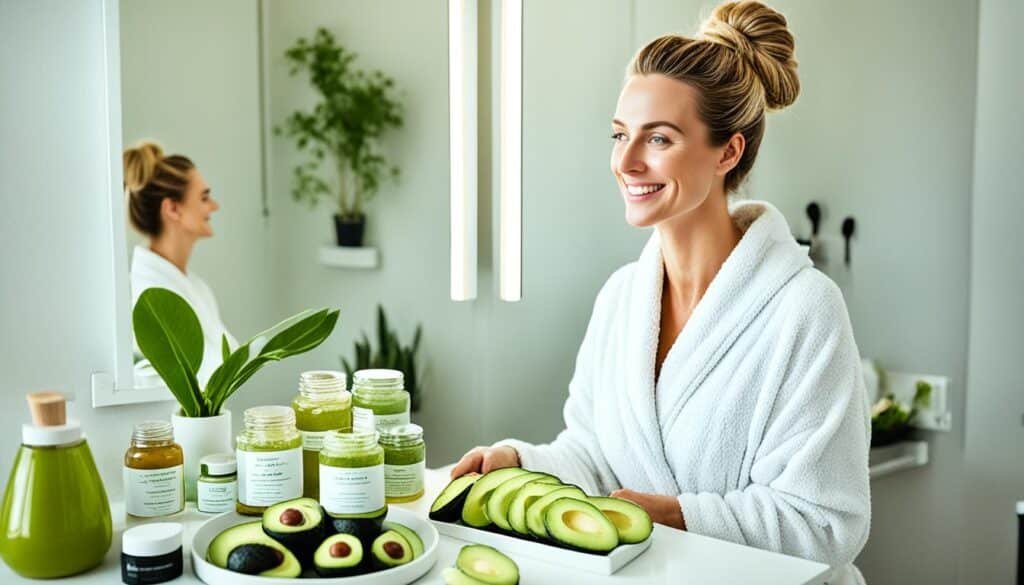
Treat your skin to luxurious homemade masks that address various skin concerns. From soothing aloe vera masks to clarifying honey and tea tree oil masks, explore a range of DIY masks that you can easily create at home. Find the perfect mask to address your specific skin needs and achieve a healthy and radiant complexion.
When it comes to caring for your facial skin, masks are the ultimate indulgence. These powerhouse treatments can effectively target specific skin concerns, providing a spa-like experience in the comfort of your own home.
Aloe Vera Mask for Soothing and Hydrating
Aloe vera is a natural wonder when it comes to nourishing and soothing the skin. It’s packed with vitamins, minerals, and antioxidants that can help reduce inflammation, hydrate dry skin, and promote a healthy complexion.
DIY Recipe: Combine fresh aloe vera gel with a few drops of honey for added moisturization. Apply the mixture to clean skin and leave it on for 15-20 minutes. Rinse off with lukewarm water and enjoy the instant soothing and hydrating effects.
Honey and Tea Tree Oil Mask for Clarifying and Acne-Prone Skin
Honey is a natural antibacterial and anti-inflammatory ingredient, while tea tree oil has powerful antimicrobial properties. When combined, these two ingredients create a potent mask that can combat acne-causing bacteria, reduce inflammation, and regulate oil production.
DIY Recipe: In a small bowl, mix together one tablespoon of raw honey and a few drops of tea tree oil. Apply the mixture to clean skin, focusing on problem areas. Leave it on for 10-15 minutes before rinsing off with warm water. Say goodbye to blemishes and hello to clearer, healthier skin.
Whether you’re looking to soothe dryness, eliminate blemishes, or simply pamper your skin, homemade masks are a fantastic addition to your skincare routine. Experiment with different ingredients and find the perfect mask to address your unique skin concerns. Your skin will thank you for the extra love and care!
Nourishing Lip Balms and Eye Treatments
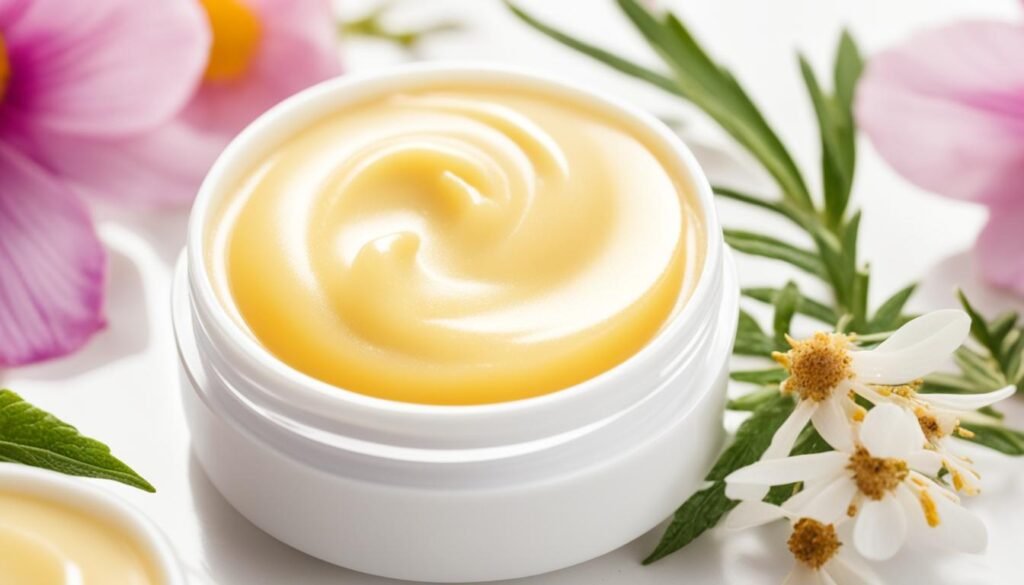
Don’t forget to give some love to your lips and eyes! As part of your comprehensive skincare regime, it’s essential to pay attention to these delicate areas. Discover how to make nourishing lip balms and DIY eye treatments using natural remedies that will leave your lips soft and your eyes refreshed.
DIY Lip Balms for Soft and Supple Lips
Our lips can become dry and chapped, especially during harsh weather conditions. Creating your own lip balm using natural ingredients is a great way to keep them hydrated and protected.
Tip: To make a simple DIY lip balm, mix almond oil, beeswax, and a few drops of lavender essential oil. Gently heat the mixture until everything is melted, then pour it into a small container or an empty lip balm tube. Allow it to cool and solidify before use.
Almond oil is deeply nourishing and helps to moisturize and soften your lips. Beeswax acts as a natural barrier, locking in moisture and protecting against environmental stressors. Lavender essential oil provides a soothing and calming effect while adding a lovely fragrance to your homemade lip balm.
Revitalizing Eye Treatments for Brighter Eyes
The delicate skin around our eyes requires special care to combat puffiness, dark circles, and signs of fatigue. DIY eye treatments offer gentle and effective solutions to rejuvenate and refresh this sensitive area.
Tip: Create a DIY eye treatment by combining aloe vera gel, almond oil, and a drop of lavender essential oil. Mix well and apply a small amount to the under-eye area, gently massaging it in. Leave it on for 10-15 minutes, then rinse off with cool water.
Aloe vera gel has moisturizing and soothing properties that can help reduce puffiness and calm the skin around the eyes. Almond oil is rich in antioxidants and vitamin E, providing nourishment and helping to diminish dark circles. Lavender essential oil adds a relaxing aroma while promoting a sense of tranquility.
By incorporating these nourishing lip balms and eye treatments into your skincare regime, you’ll give your lips a soft and supple texture and keep your eyes looking refreshed and revitalized. Say goodbye to dry lips and tired eyes with these natural remedies!
Anti-Aging and Skin-Rejuvenating Remedies
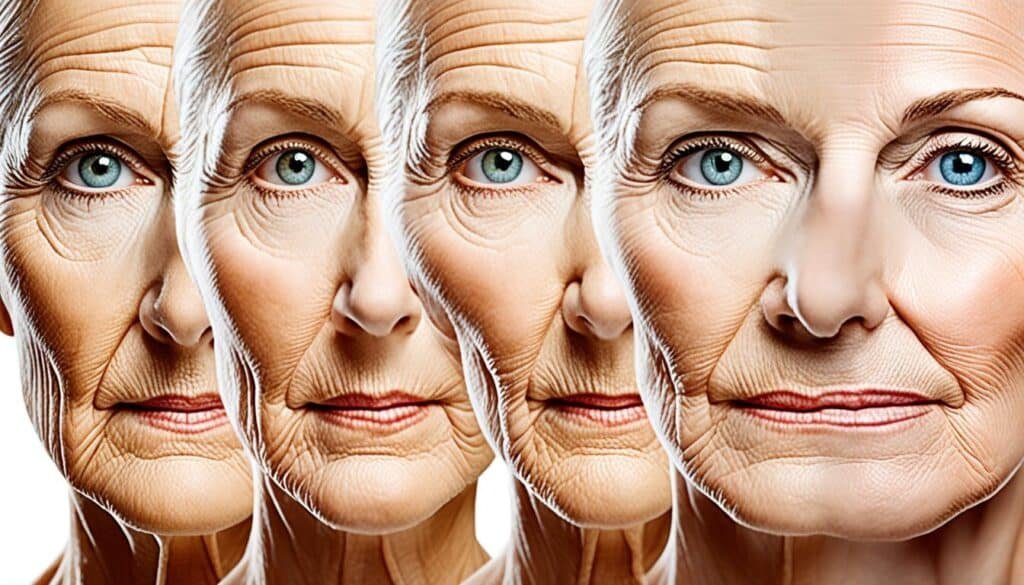
As we age, our skin naturally goes through changes, and signs of aging become more apparent. However, you can combat these signs and rejuvenate your skin with powerful and natural DIY remedies. One such remedy that has gained popularity is apple cider vinegar, known for its amazing benefits for the skin.
Apple cider vinegar acts as an effective natural toner, helping to balance the skin’s pH levels and promote a healthy complexion. Its acidic properties also help exfoliate the skin, removing dead skin cells and revealing a smoother texture.
But apple cider vinegar’s benefits don’t stop there. It also works as an excellent antioxidant, helping to fight free radicals. Free radicals are unstable molecules that can damage the skin and contribute to the aging process. By incorporating apple cider vinegar into your skincare routine, you’re providing your skin with a powerful tool to combat these harmful molecules.
When it comes to DIY skincare, there are various recipes that specifically target fine lines, wrinkles, and other common signs of aging. These homemade remedies often include nourishing ingredients that promote collagen production and boost elasticity.
One popular DIY anti-aging recipe is an antioxidant-rich face mask that combines apple cider vinegar, honey, and other natural ingredients. This mask can help firm and tighten the skin, reducing the appearance of wrinkles and promoting a more youthful complexion.
“Using natural remedies like apple cider vinegar and honey allows you to take control of your skincare routine and provide your skin with the goodness of antioxidant-rich ingredients,” says Dr. Claire Thompson, a renowned dermatologist.
By incorporating these DIY remedies into your regular skincare routine, you can rejuvenate your skin and achieve a more youthful and radiant complexion without resorting to expensive treatments or products.
Benefits of Anti-Aging DIY Remedies:
- Promotes balanced skin pH levels
- Exfoliates and reveals smoother skin
- Fights free radicals with antioxidants
- Tightens and firms the skin
- Reduces the appearance of fine lines and wrinkles
With these powerful DIY remedies, you can take a holistic approach to your skincare routine, addressing the signs of aging and promoting overall skin health. So why not give them a try and unlock the secrets to achieving youthful and radiant skin?
Personalizing Your DIY Skin Care Routine
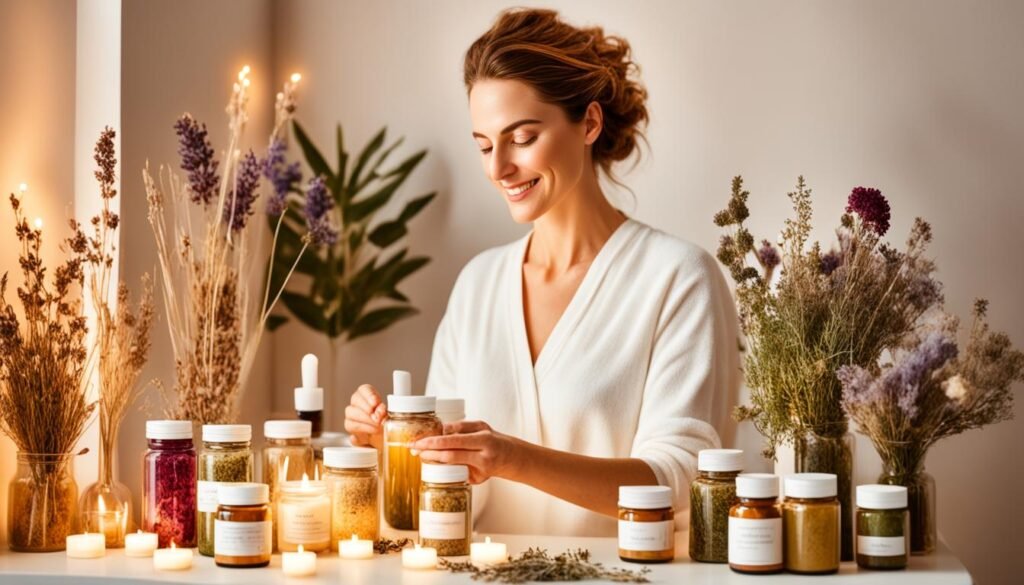
Every individual’s skin is unique, and it’s important to customize your skincare routine accordingly. By incorporating natural ingredients into your DIY skincare routine, you can achieve healthy and glowing skin. Tailoring your skincare regimen to your specific needs allows you to address specific concerns and nourish your skin in the best possible way.
One of the benefits of DIY skincare is the ability to choose natural ingredients that work best for your skin type. Whether you have dry, oily, sensitive, or combination skin, there are various natural ingredients that can help promote healthy skin.
When customizing your skincare routine, take into consideration your skin’s needs and concerns. If you have dry skin, consider using hydrating ingredients like aloe vera gel or rosehip seed oil. For oily skin, opt for ingredients like witch hazel or tea tree oil, which can help control excess oil production and minimize breakouts.
Don’t forget to determine your skincare goals. If you’re looking to improve the appearance of fine lines and wrinkles, incorporate anti-aging ingredients like vitamin C or retinol into your routine. For brightening and evening out your skin tone, consider natural ingredients like turmeric or lemon juice.
Crafting a Customized Skincare Routine
To personalize your DIY skincare routine, start by assessing your current skincare needs and goals. Here are some steps to help you get started:
- Evaluate your skin type: Determine whether you have dry, oily, combination, or sensitive skin.
- Identify your skin concerns: Assess any specific concerns you have, such as acne, hyperpigmentation, or dryness.
- Research ingredients: Explore the benefits of natural ingredients that target your skin type and concerns.
- Experiment with recipes: Try out different DIY skincare recipes that incorporate these ingredients.
- Develop a routine: Establish a consistent skincare routine that includes cleansing, exfoliating, toning, moisturizing, and protecting your skin from the sun.
- Observe and adjust: Pay attention to how your skin responds to the customized routine and make adjustments as needed.
Remember, personalizing your DIY skincare routine may require some trial and error. It’s essential to listen to your skin and make changes accordingly. By using natural ingredients and crafting a routine that suits your unique needs, you can achieve healthier, more radiant skin.
Customizing your DIY skincare routine allows you to take control of your skincare journey, giving you the power to address your skin’s specific needs and concerns. Embrace the joy of creating your own organic skincare homemade recipes and enjoy the benefits of healthy, glowing skin.
Also Read: DIY Skin Care: Natural Recipes For Glowing Skin
Conclusion
Creating an at-home spa experience with DIY skin care is a simple and easy way to pamper yourself while achieving healthy and radiant skin. By incorporating simple skincare routines, homemade remedies, and quick beauty treatments into your self-care routine, you can enjoy the benefits of natural and personalized skin care.
With DIY skin care, you have the flexibility to customize your routines and choose natural ingredients that work best for your skin type. Whether it’s a homemade cleanser, a soothing face mask, or a nourishing lip balm, these quick homemade beauty treatments can be easily incorporated into your daily regimen.
Start exploring the world of DIY skin care today and unlock the secrets to achieving healthy and radiant skin. With easy DIY skin care routines and homemade skincare remedies, you can elevate your self-care routine to new heights. Embrace the power of natural ingredients and unleash your inner beauty.
FAQs
Q: What are the essential steps in a DIY skin care routine for a home spa?
A: The essential steps in a DIY skin care routine for a home spa include cleansing, toning, moisturizing, exfoliating, applying serums, and using preservatives.
Q: How can I make my own homemade facial cleanser?
A: You can make your own homemade facial cleanser using natural ingredients such as lavender, yogurt, honey, and oils like coconut or jojoba.
Q: What are the benefits of using a DIY eye gel?
A: DIY eye gels can help reduce puffiness, dark circles, and fine lines around the eyes while providing hydration and nourishment to the delicate skin in that area.
Q: Are DIY skin care products better than store-bought beauty products?
A: DIY skin care products can be beneficial as they often contain natural ingredients, are customizable to suit your needs, and are free from harmful chemicals that can irritate the skin.
Q: How can I create a homemade face scrub using DIY face cleanser recipes?
A: You can create a homemade face scrub using ingredients like sugar, oats, coffee grounds, or ground almond powder mixed with your DIY face cleanser recipe to exfoliate and rejuvenate your skin.
Q: What are some effective ways to care for our skin using DIY skin care routines?
A: Some effective ways to care for your skin using DIY skin care routines include using nourishing ingredients, following a regular routine, protecting the skin from the sun, and staying hydrated.
Q: Can I make DIY face masks at home with natural ingredients?
A: Yes, you can make DIY face masks at home using ingredients like avocado, honey, yogurt, aloe vera, clay, or oatmeal to address various skin concerns and improve the look and feel of your skin.
